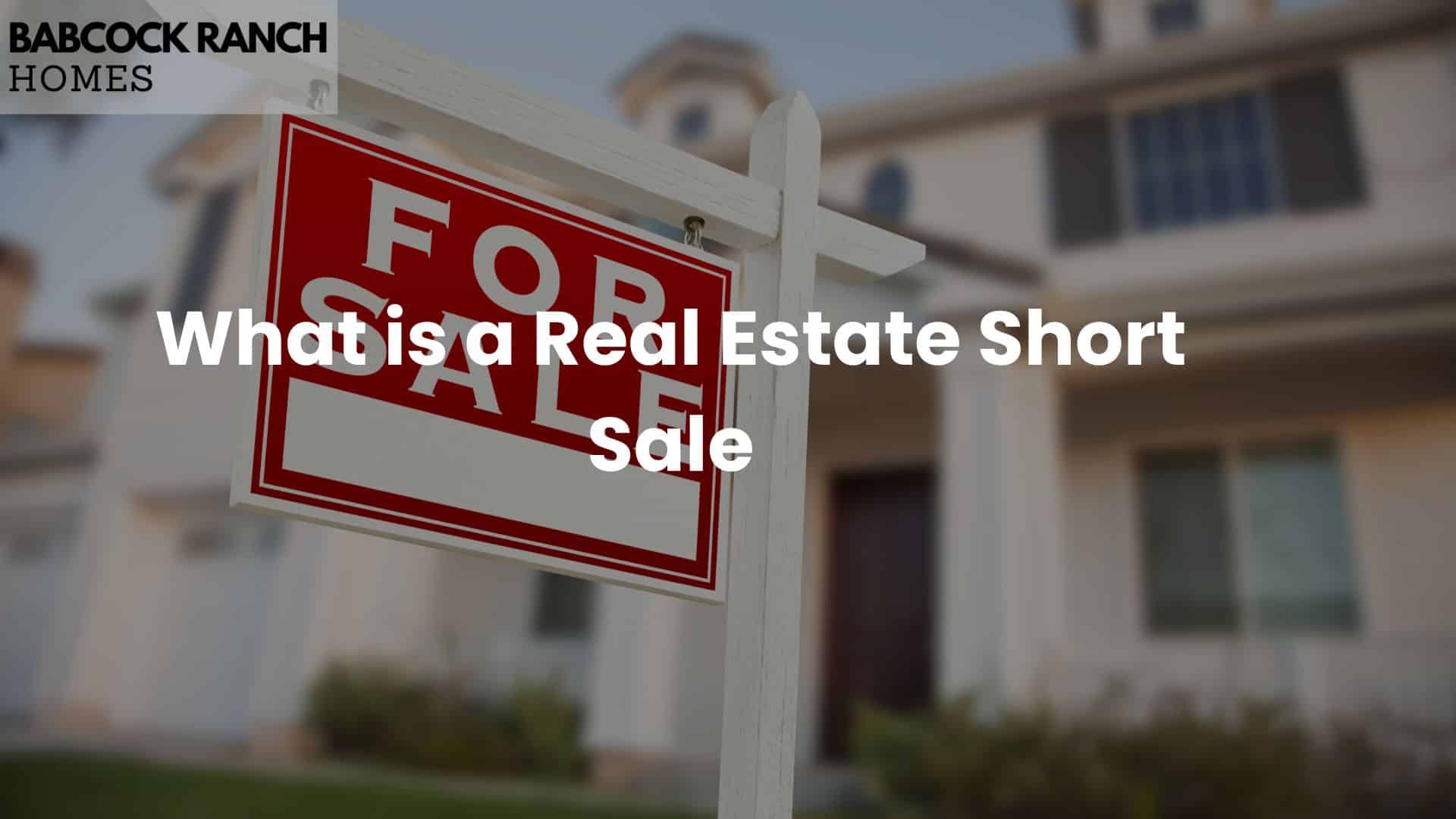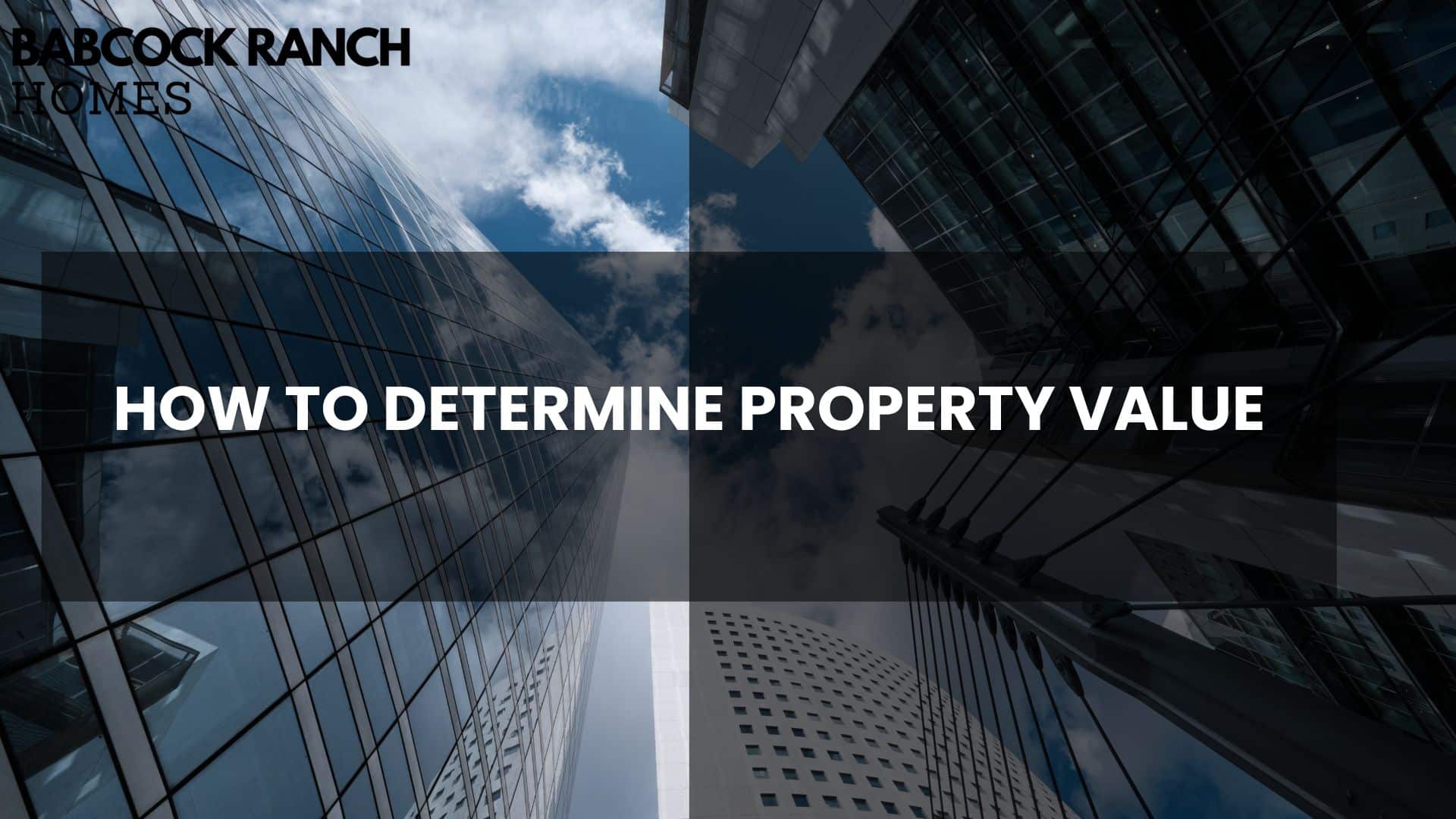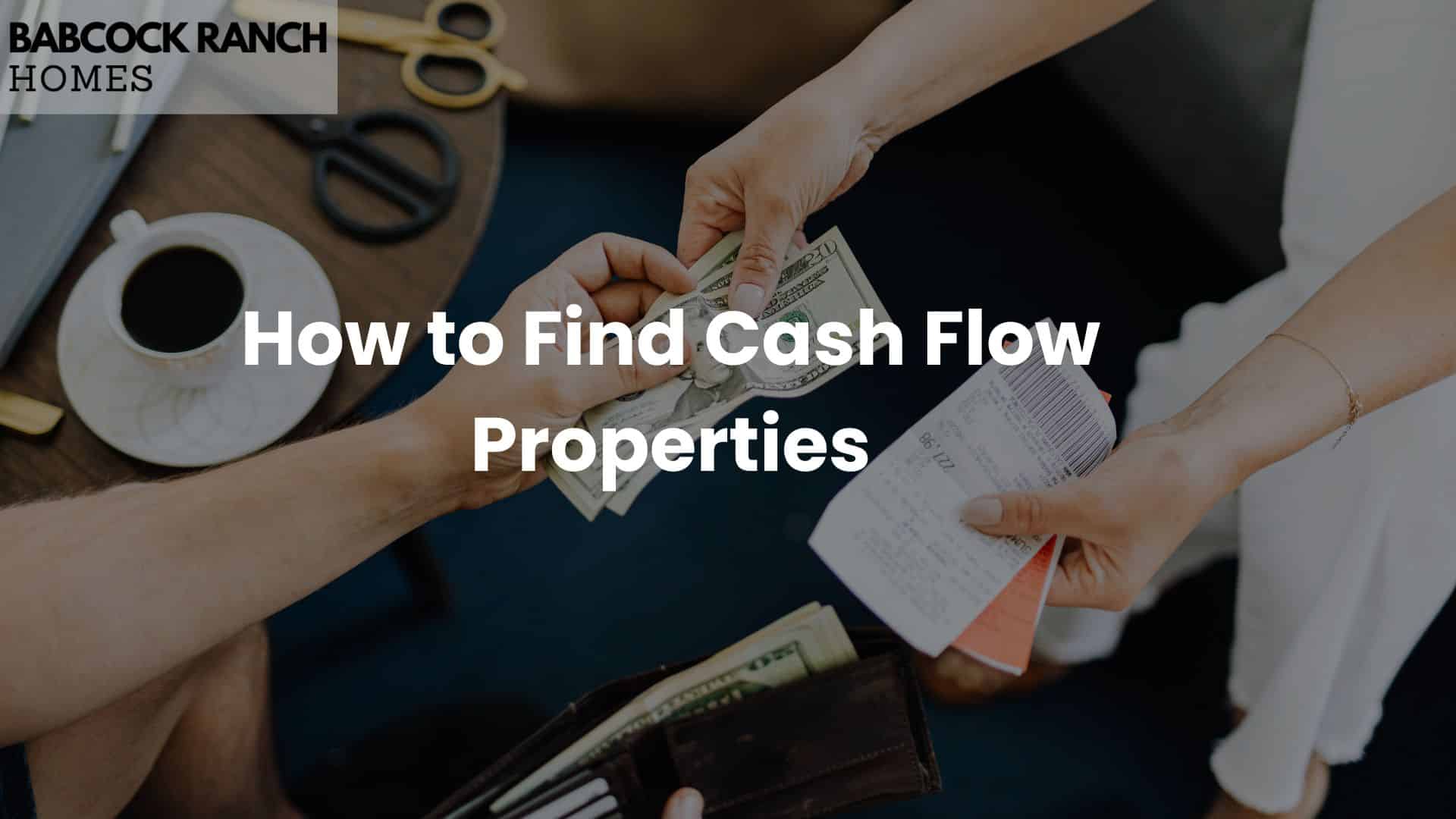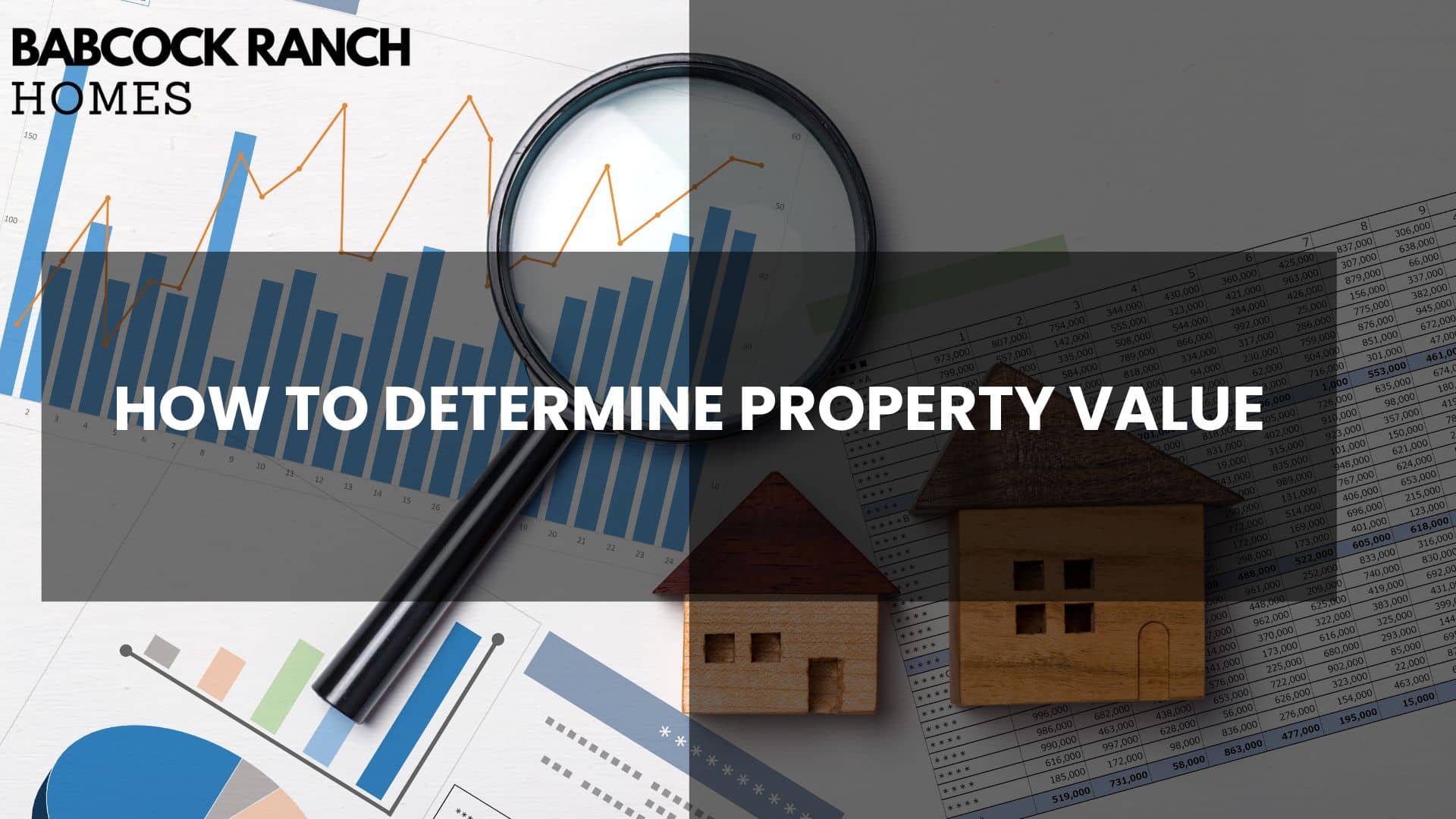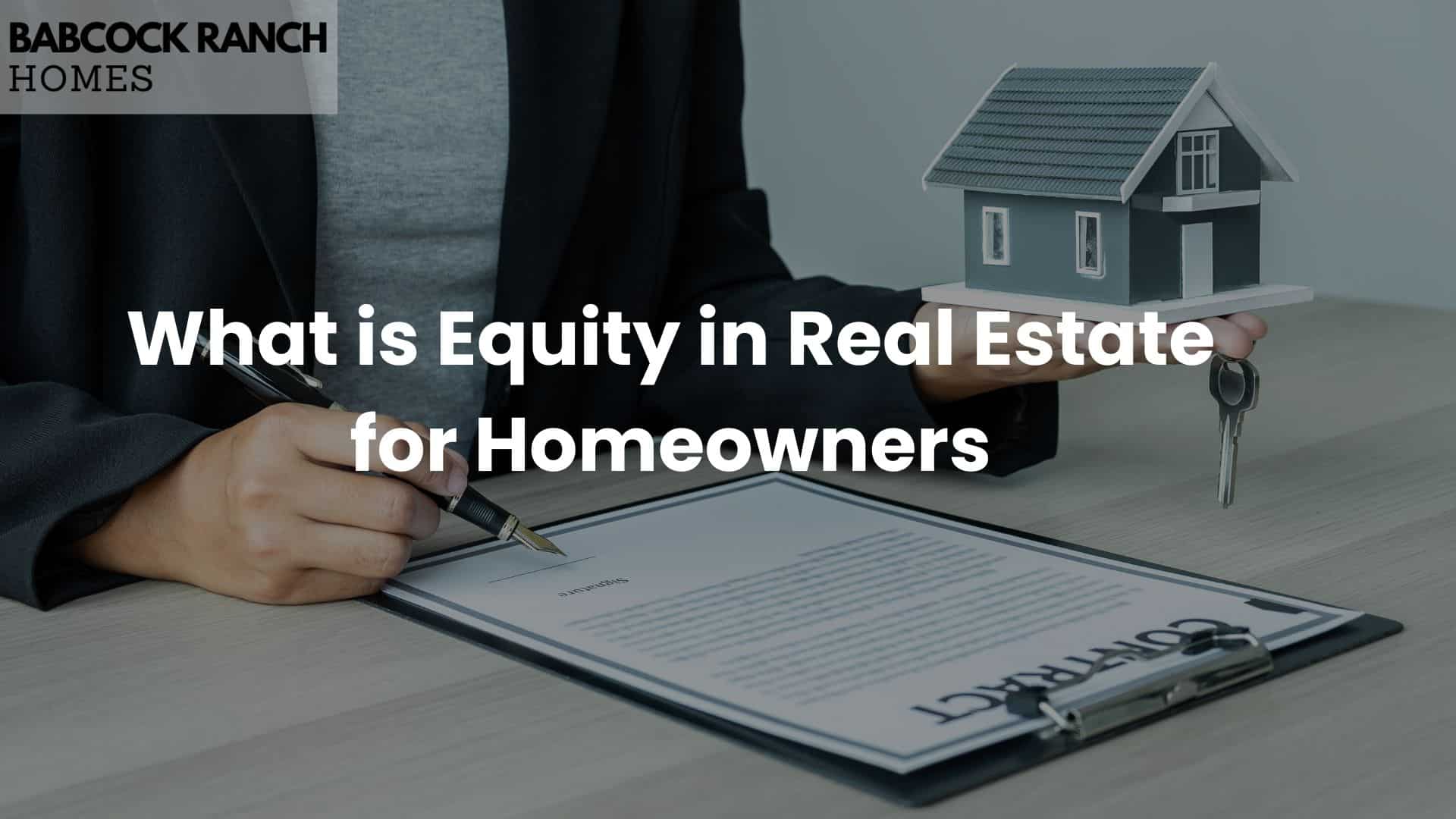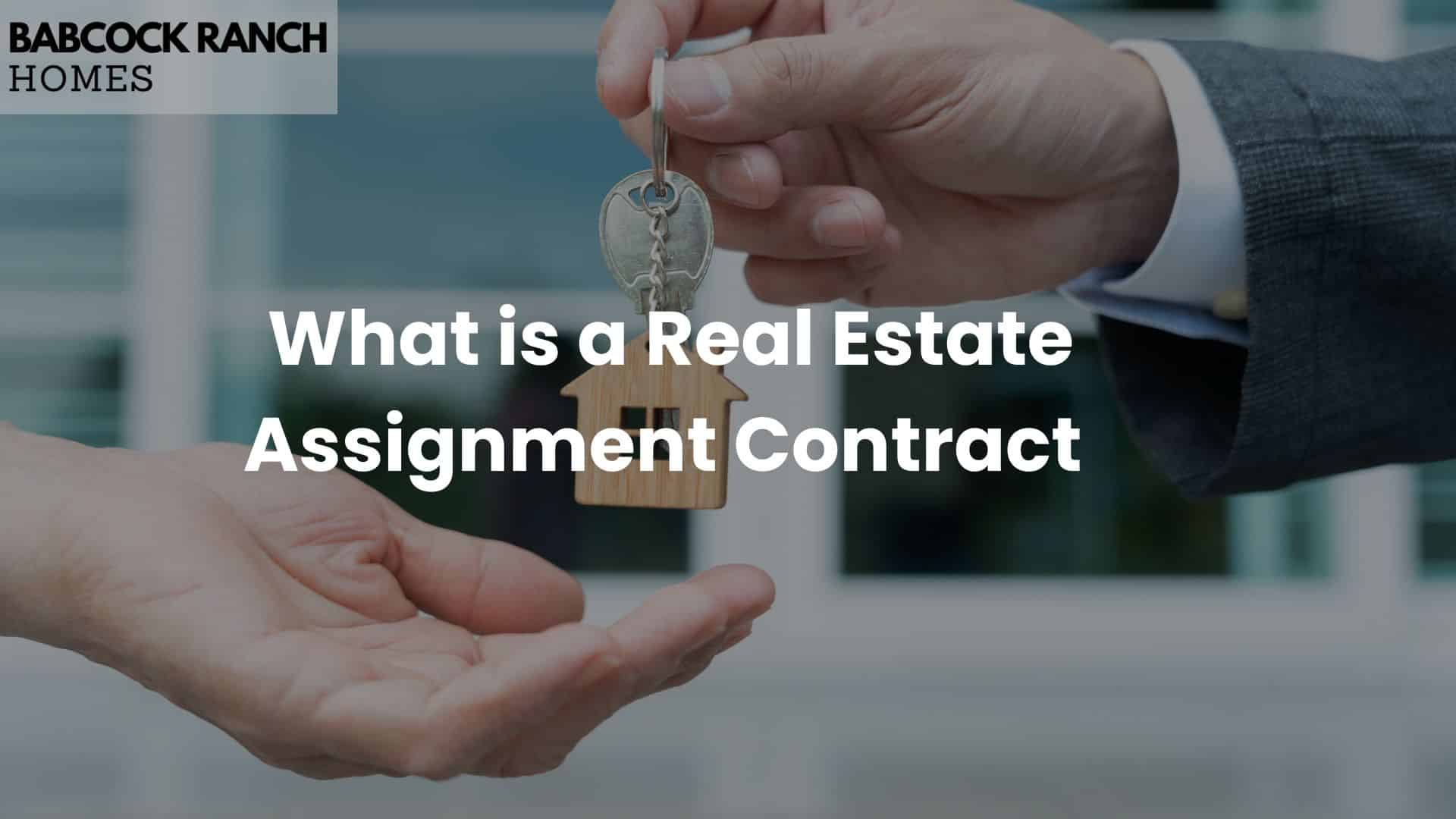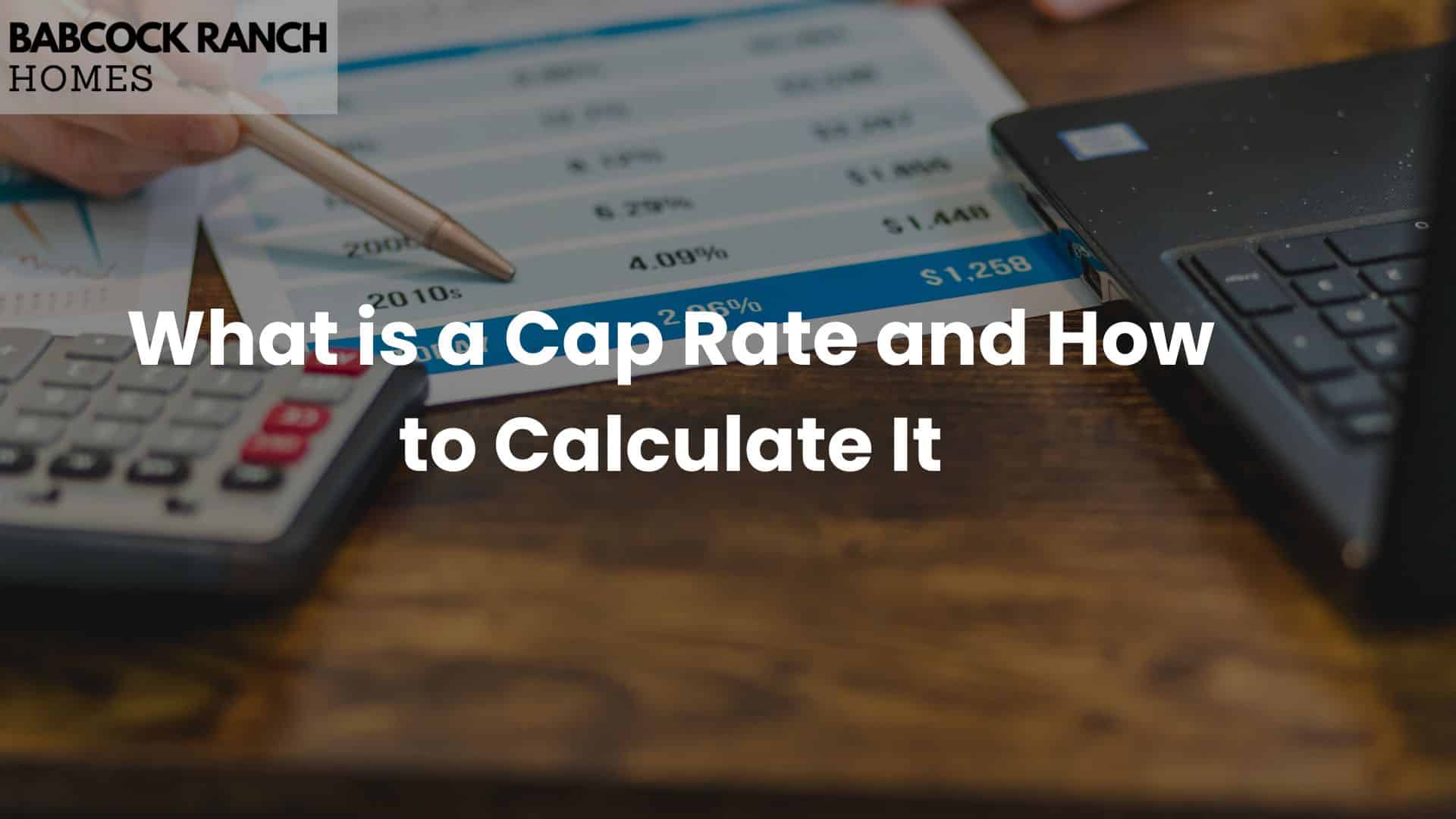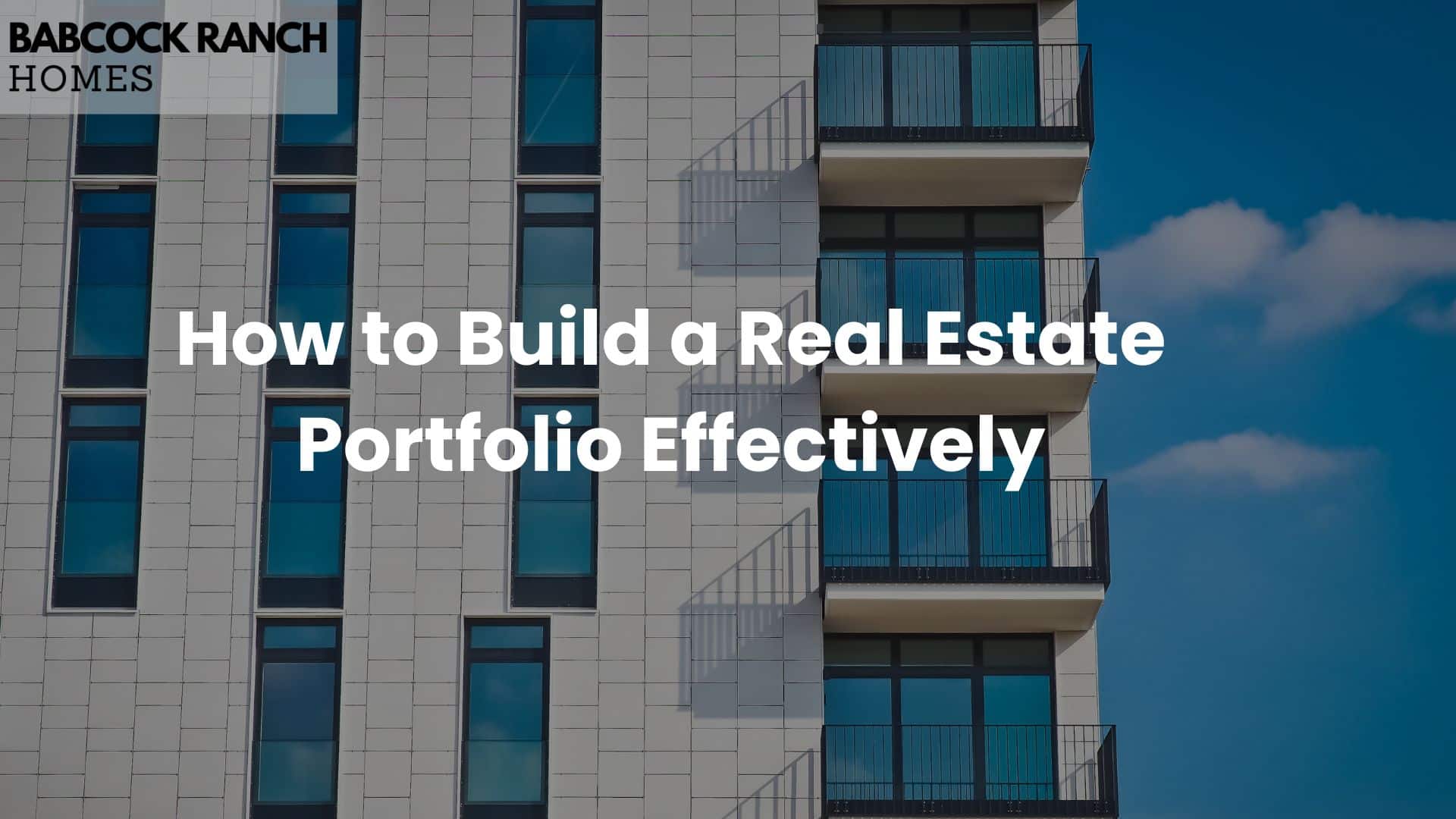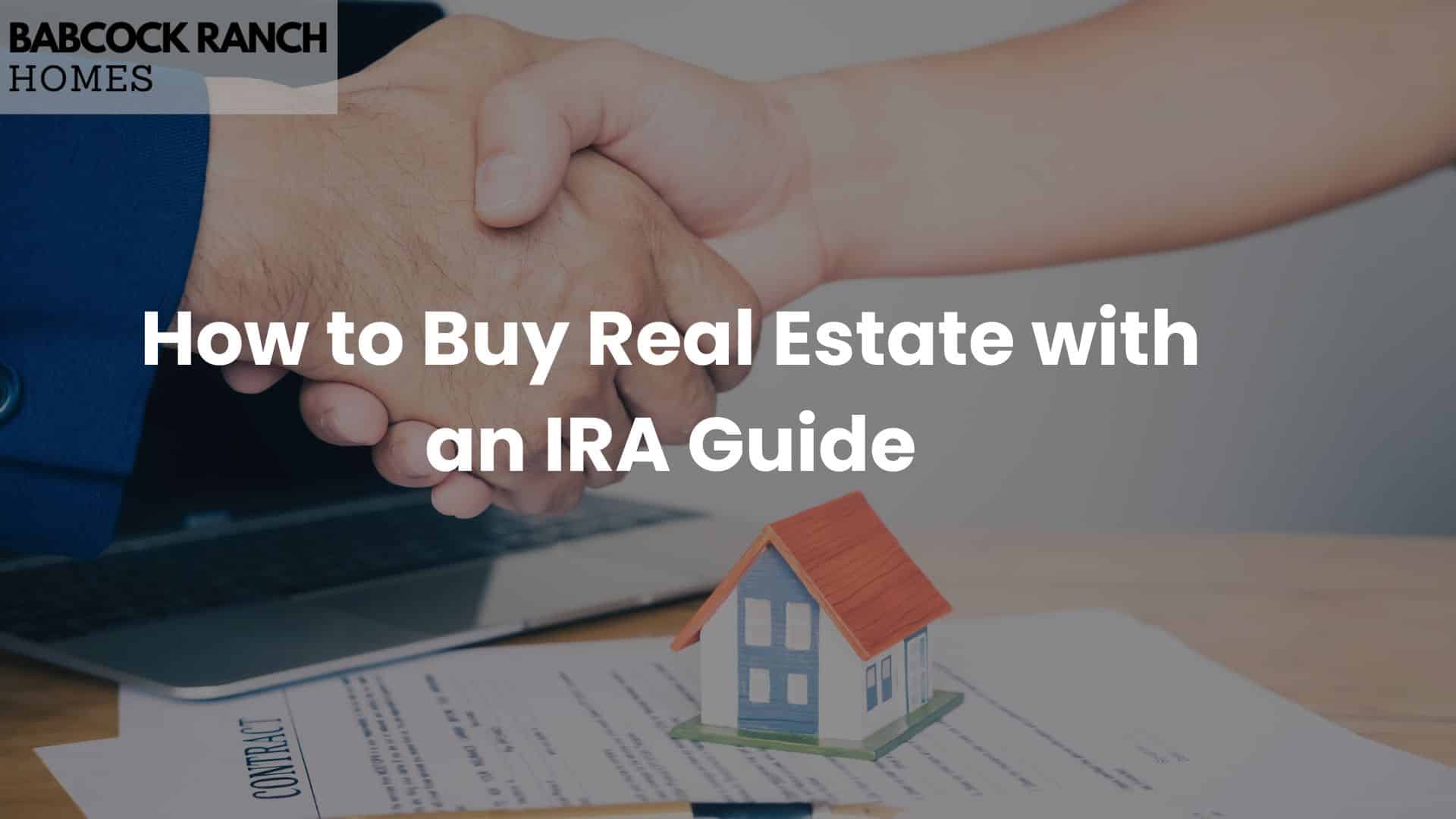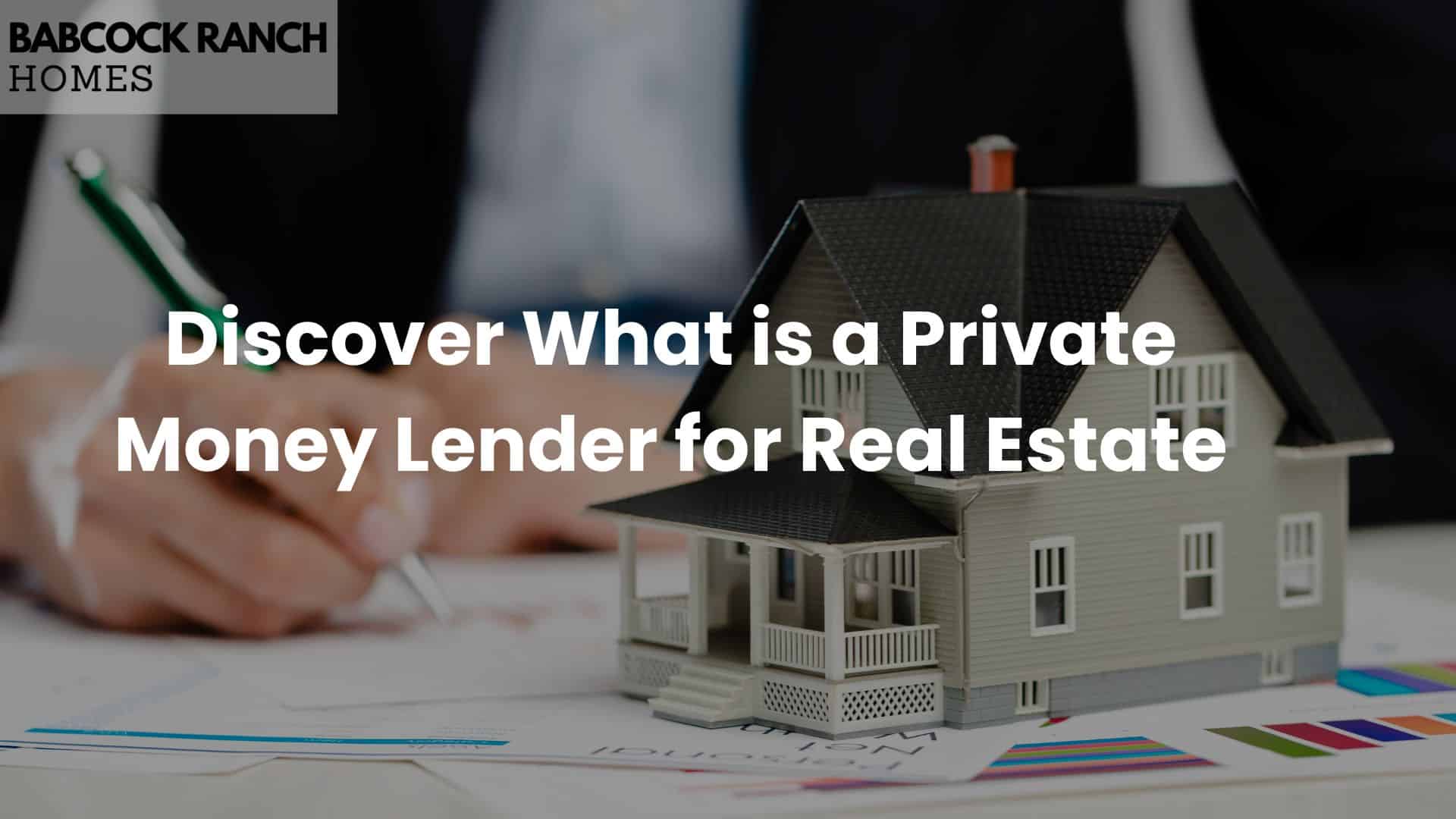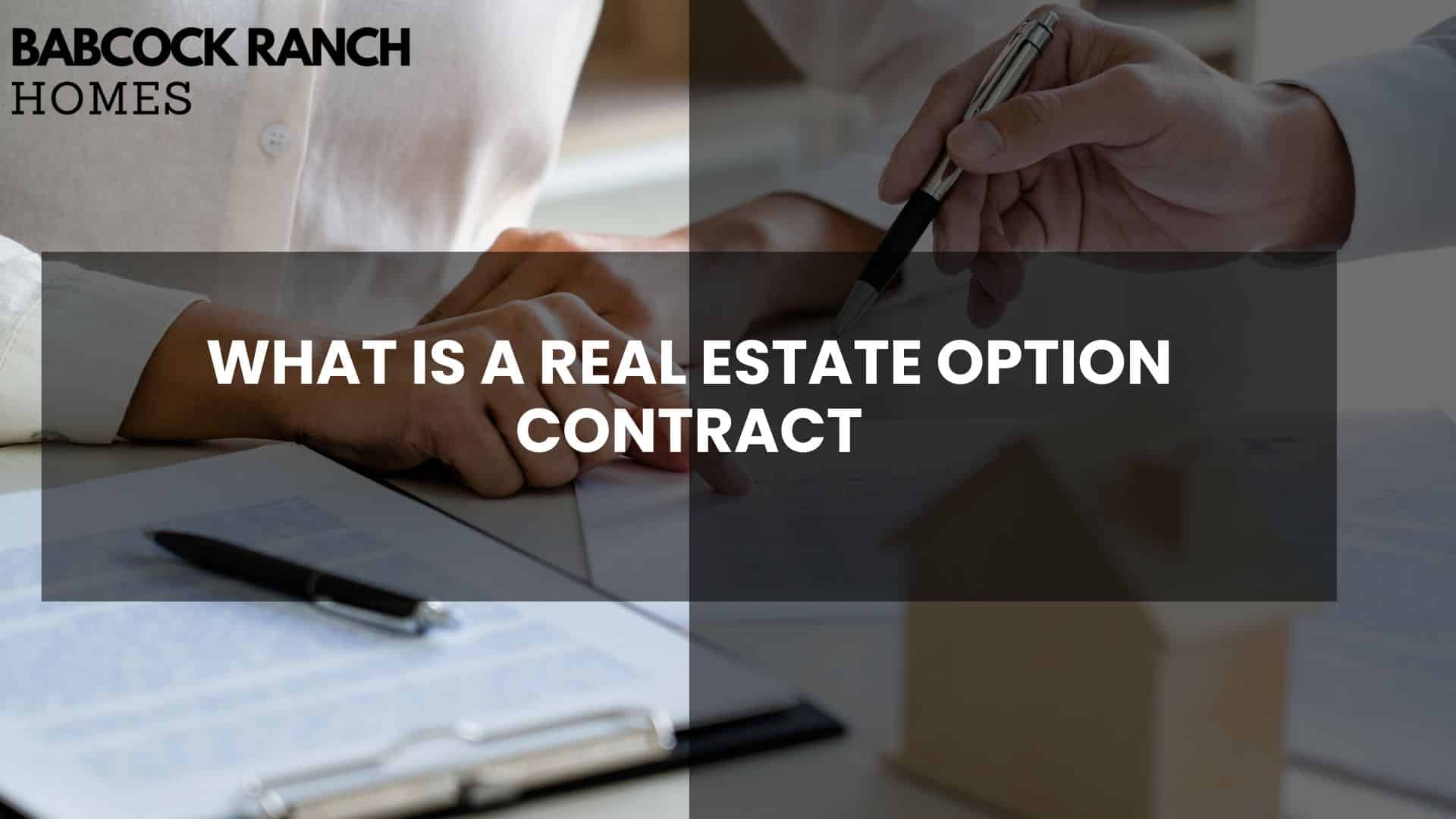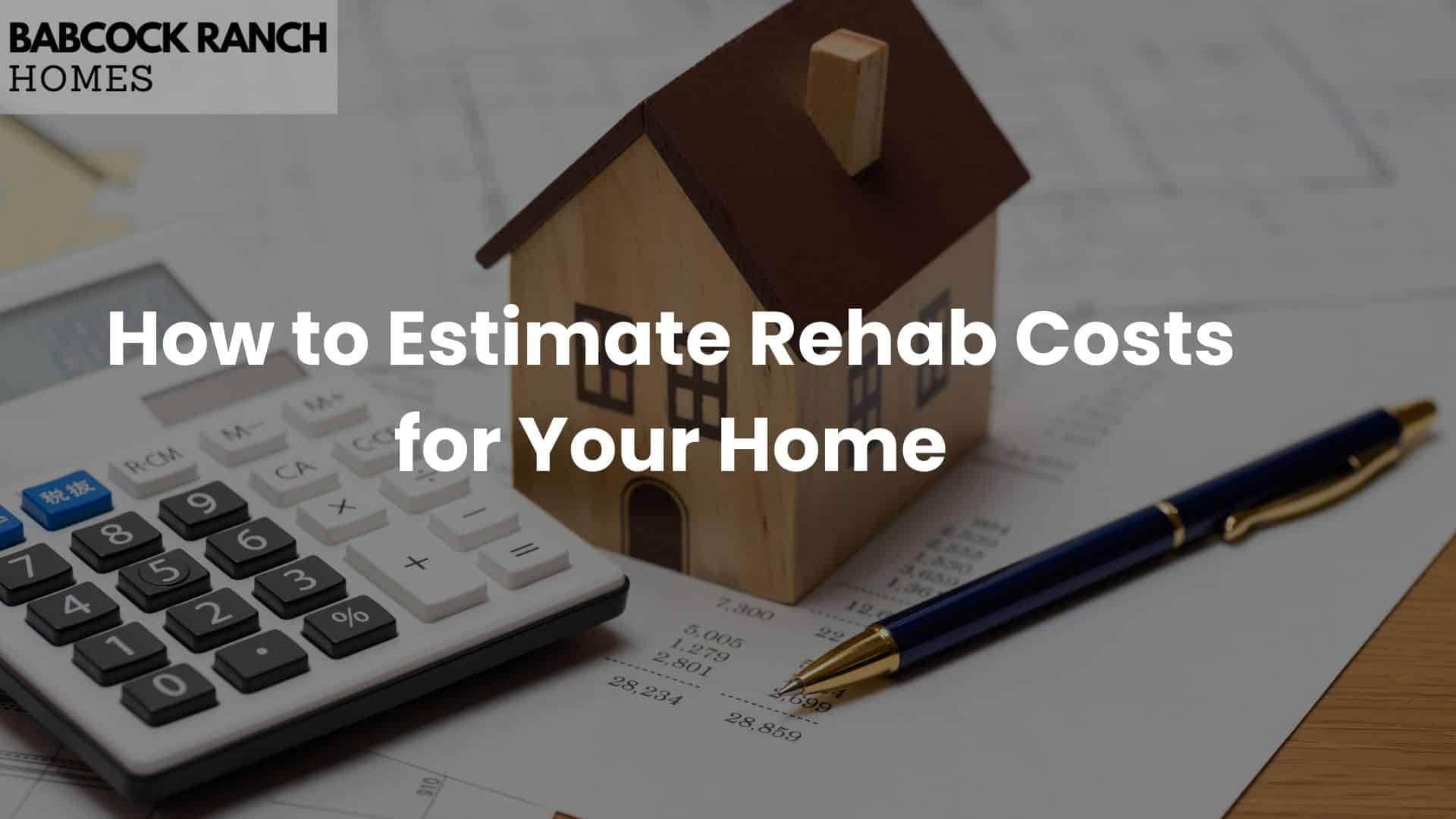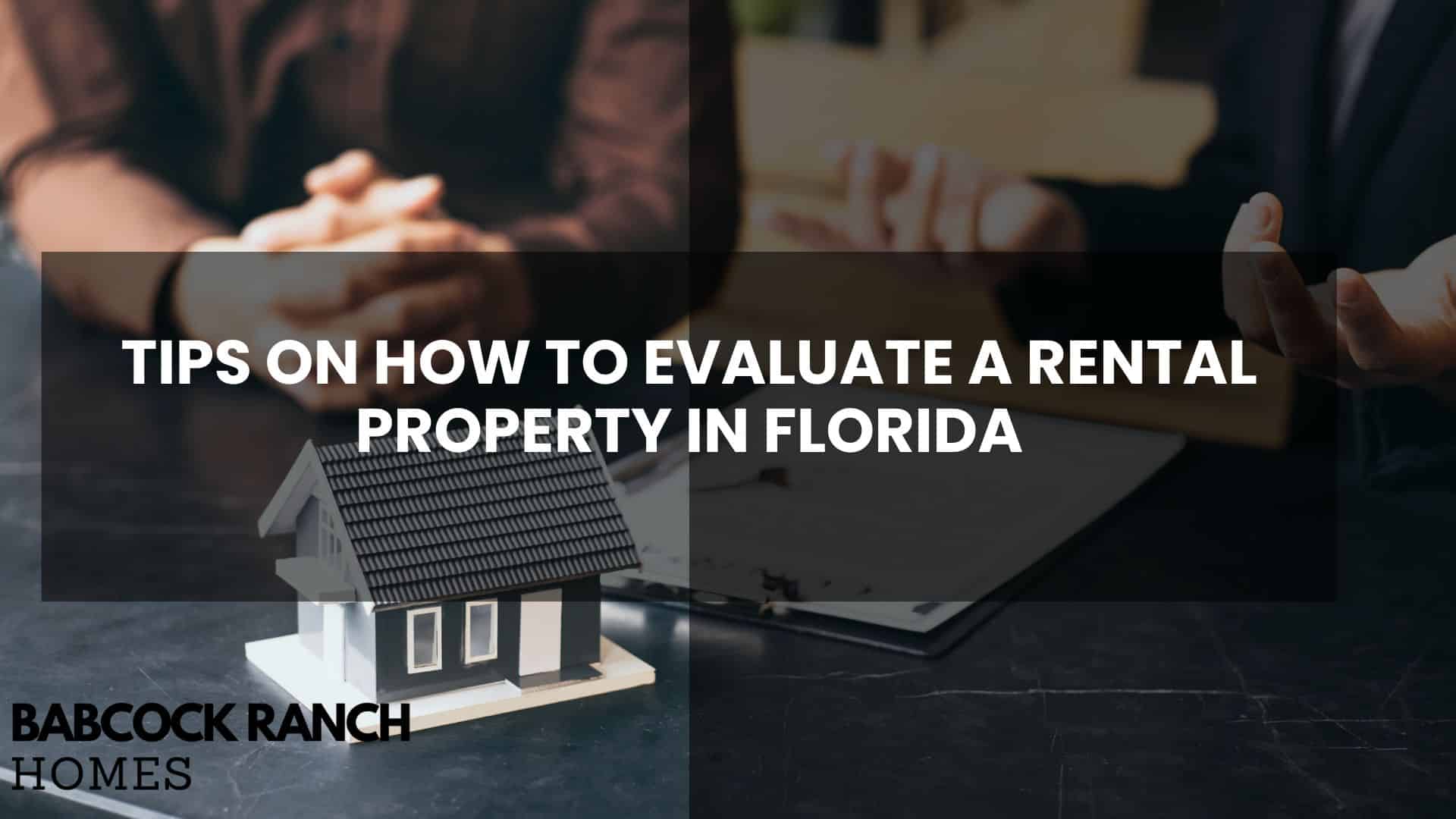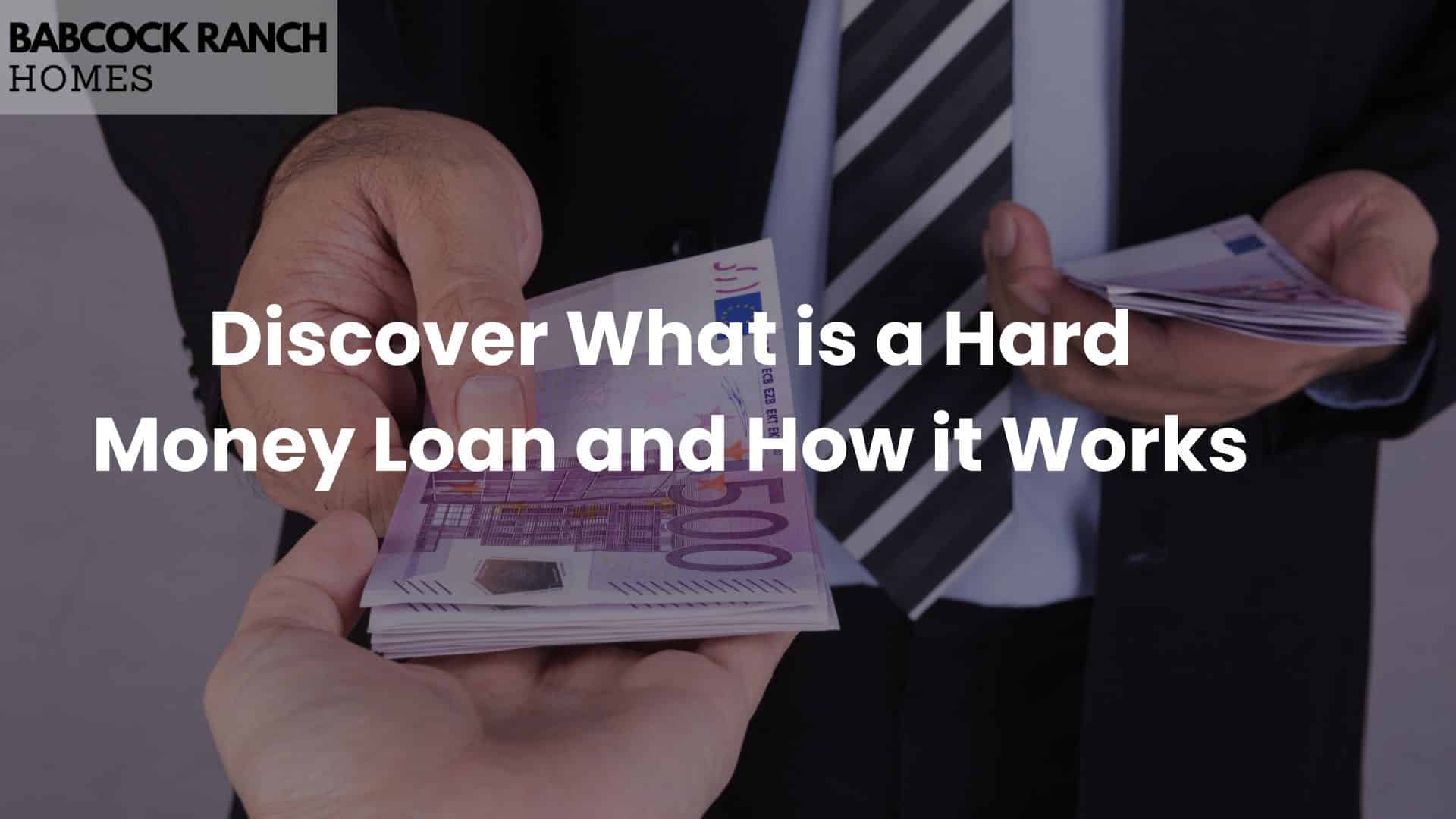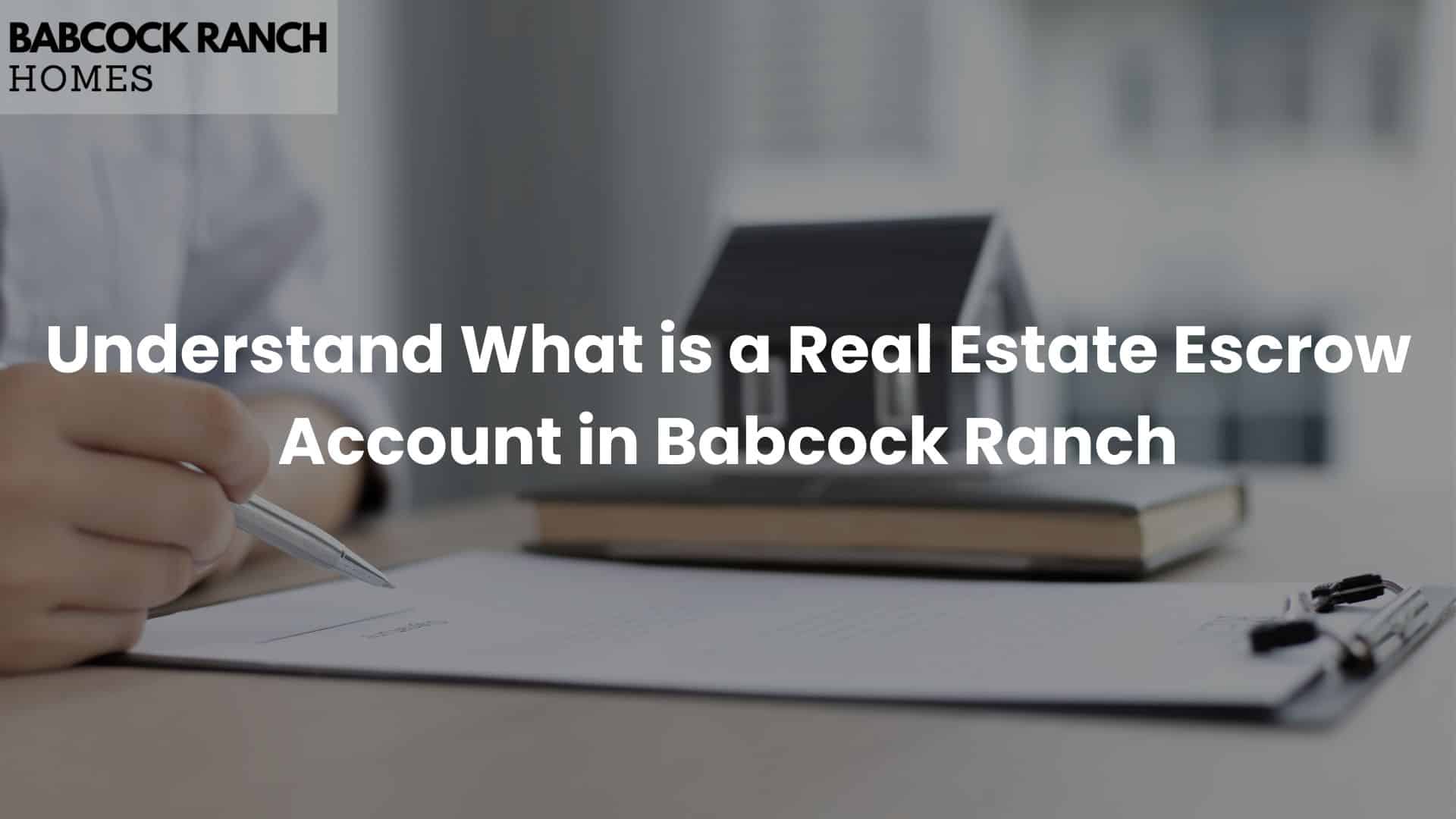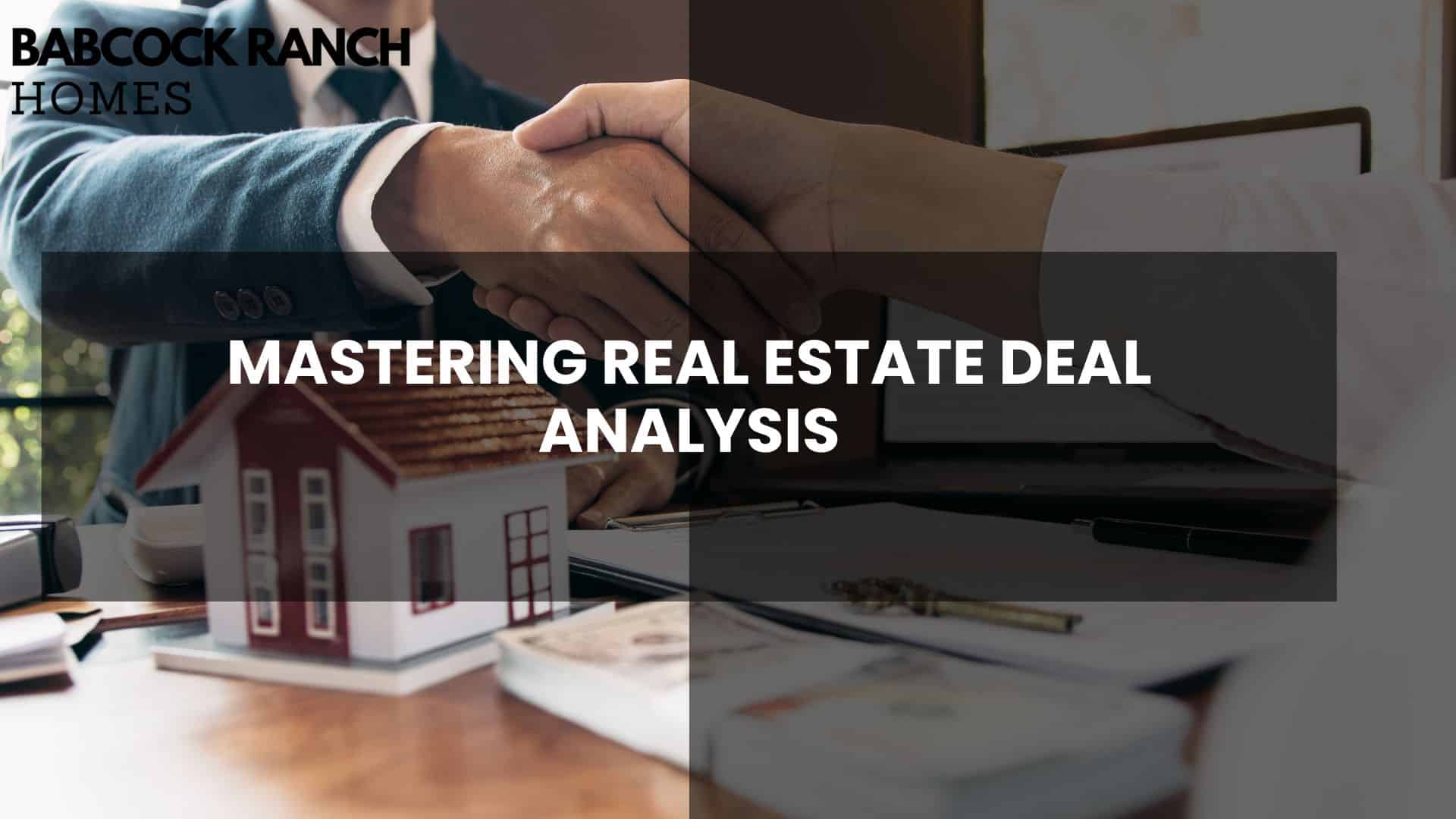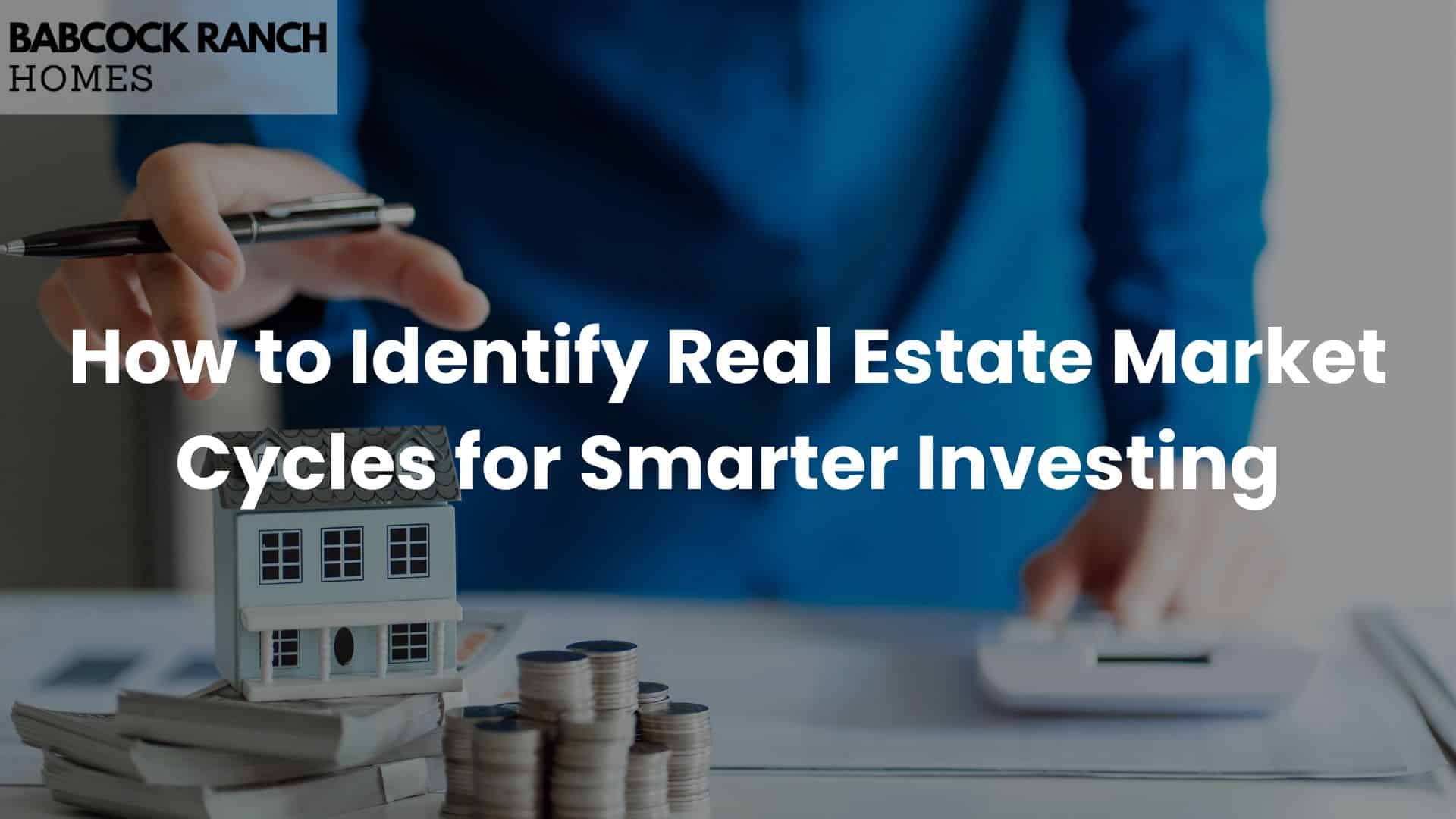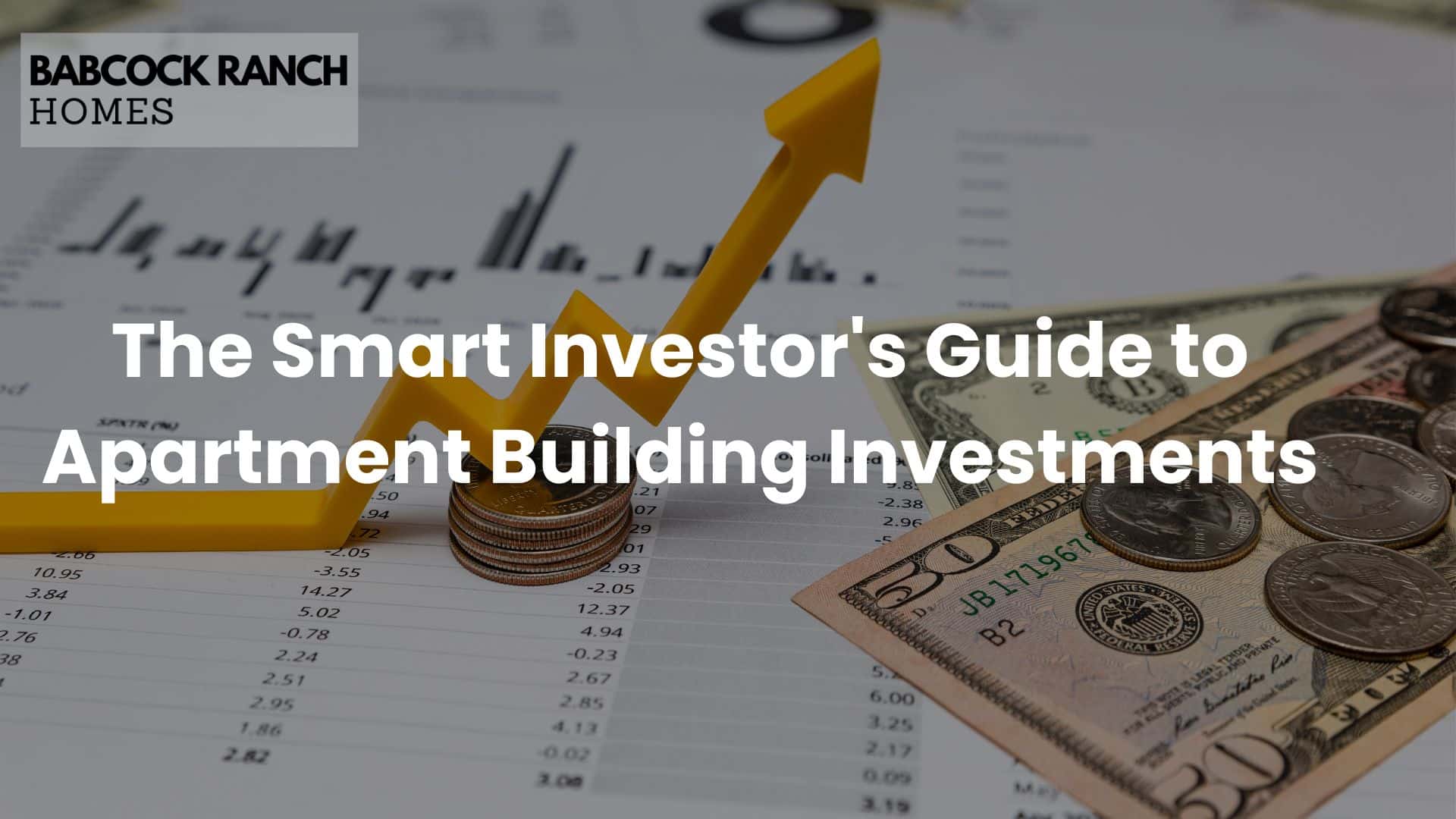Purchasing a home often comes with hidden costs, and private mortgage insurance (PMI) is one of them. Many lenders require this coverage when buyers put less than 20% down. While PMI protects lenders, it adds to monthly payments—something most homeowners prefer to minimize.
At Babcock Ranch Homes in Babcock Ranch, Florida, our team helps clients explore practical alternatives. Understanding loan structures and insurance requirements can unlock savings opportunities. For first-time buyers or investors, even small adjustments to financing strategies make a big difference.
This guide covers actionable methods to reduce upfront costs while securing favorable terms. From lender-paid insurance to specialized loan programs, options exist for various financial situations. Call 518-569-7173 to discuss personalized solutions with our experts.
Key Takeaways
- PMI typically applies to conventional loans with down payments below 20%.
- Alternative financing options may eliminate monthly insurance costs.
- Lender incentives and piggyback loans offer creative workarounds.
- Local market expertise enhances mortgage strategy success.
- Tailored guidance helps balance affordability and long-term goals.
Understanding PMI and Its Impact
When financing a property, many borrowers encounter private mortgage insurance (PMI) as part of their loan terms. This coverage applies to conventional mortgages where the down payment falls short of 20% of the home’s value. While PMI safeguards lenders, it directly influences a buyer’s budget through added fees.
What Is Private Mortgage Insurance?
Private mortgage insurance acts as a safety net for lenders if a borrower defaults. Lenders typically require it when the loan-to-value (LTV) ratio exceeds 80%—meaning the borrower contributes less than 20% upfront. For example, a $300,000 home with a 10% down payment creates a 90% LTV, triggering PMI requirements.
Monthly Payment Increases
PMI costs vary but generally range between 0.5% and 1.5% of the loan amount annually. These fees split into monthly installments, raising the total mortgage payment. A $270,000 loan with 1% PMI, for instance, adds $225 monthly. Over time, this can total thousands before reaching 20% equity.
| Loan Amount | Down Payment | PMI Rate | Monthly Cost |
|---|---|---|---|
| $250,000 | 10% | 0.85% | $177 |
| $350,000 | 15% | 0.65% | $189 |
| $400,000 | 5% | 1.2% | $400 |
Understanding these factors helps buyers evaluate loan offers and long-term affordability. Strategic planning with lenders can minimize unnecessary expenses while building equity efficiently.
Effective Strategies for How to Avoid PMI Without 20 Down

Navigating mortgage options requires balancing upfront costs and long-term savings. Several practical methods help borrowers meet equity thresholds or secure alternative financing structures. These approaches reduce reliance on conventional plans while maintaining budget flexibility.
Gift Funds and Savings Acceleration
Family gifts can boost down payments. Lenders often accept these funds if properly documented. Combining personal savings with gifted amounts helps reach 20% faster, eliminating private mortgage insurance requirements.
Specialized Loan Programs
Certain government-backed loans skip PMI entirely. For example, VA loans for military members require no down payment or mortgage insurance. USDA rural development loans offer similar benefits for eligible properties.
| Strategy | Down Payment | PMI Status | Key Benefit |
|---|---|---|---|
| Gift Funds | 5% + 15% Gift | Eliminated | Immediate Equity |
| Piggyback Loan | 10% | Avoided | Split Financing |
| VA Loan | 0% | Not Required | Military Benefit |
Home value appreciation also plays a role. Markets with rising prices may allow quicker equity growth, enabling PMI removal through refinancing. However, this depends on local trends and appraisal accuracy.
Timing matters when selecting strategies. Accelerated savings plans or temporary rental income could bridge short-term gaps. Always consult lenders to align choices with financial goals and loan terms.
Exploring Lender-Paid Mortgage Insurance and Piggyback Loans
Creative financing solutions help borrowers sidestep traditional private mortgage insurance requirements. Two popular methods—lender-paid mortgage insurance and piggyback loans—offer distinct paths to reduce monthly expenses while maintaining flexible entry points.
Overview of Lender-Paid Mortgage Insurance (LPMI)
LPMI shifts insurance costs from monthly premiums to a slightly higher interest rate. Instead of paying $150 monthly for PMI on a $300,000 mortgage, lenders might add 0.375% to the rate. This increases the payment by $93 monthly but eliminates separate insurance fees.
This approach works best for buyers planning shorter-term ownership. Unlike traditional PMI—removable at 20% equity—LPMI remains until refinancing. A 5-year stay could save $3,600 in premiums despite paying $5,580 extra in interest.
Understanding the 80-10-10 Piggyback Loan Structure
The 80-10-10 model combines a primary mortgage (80% loan-to-value) with a second loan (10% down). The remaining 10% comes from the buyer’s savings. For a $400,000 home, this means:
- $320,000 primary mortgage
- $40,000 secondary loan
- $40,000 buyer contribution
While the second loan often carries a higher interest rate, total payments frequently undercut PMI costs. On this example, a 5% rate difference might add $167 monthly versus $400 for traditional insurance.
Consult multiple lenders to compare these strategies. Tax implications and refinancing flexibility vary between options, making personalized advice essential for long-term savings.
Special Mortgage Programs and Eligibility Options
Qualified borrowers have multiple pathways to homeownership that bypass traditional insurance requirements. Government-backed loans and lender-specific initiatives provide flexible solutions tailored to diverse financial situations. These programs often feature competitive rates and reduced upfront costs.

VA Loans for Veterans and Active-Duty Service Members
VA loans offer military personnel a powerful advantage: no PMI regardless of down payment size. Eligible veterans, active-duty members, and surviving spouses can finance up to 100% of a home’s value. For a $250,000 property, this eliminates $150-$300 in monthly insurance fees compared to conventional loans.
USDA Loans for Rural Home Buyers
USDA programs support purchases in designated rural areas with zero down payment requirements. While these loans include a 1% upfront guarantee fee, they exclude monthly mortgage insurance. A $200,000 home might incur a $2,000 initial fee but save $12,000 over five years versus PMI.
Low-Down Payment Programs from Leading Lenders
Conventional options like Fannie Mae’s HomeReady® allow 3% down payments with reduced PMI rates. Borrowers earning below area median income often qualify for better terms. For example, a 720 credit score could lower annual insurance costs to 0.25% of the loan balance.
| Program | Down Payment | Insurance Cost |
|---|---|---|
| VA Loan | 0% | None |
| USDA Loan | 0% | 1% upfront fee |
| HomeReady® | 3% | 0.25%-0.75% annually |
Documentation varies by program—VA applicants need discharge papers, while USDA borrowers must verify income limits. Local housing counselors can clarify eligibility and streamline applications.
Cost Analysis and Payment Comparisons
Smart financial decisions require understanding both immediate costs and future implications. Comparing mortgage structures reveals opportunities to optimize cash flow while building equity strategically.
Evaluating Monthly Payment Implications
Consider a $300,000 home purchase with two financing paths:
| Option | Down Payment | PMI/Insurance | Monthly Payment | 5-Year Cost |
|---|---|---|---|---|
| Conventional Loan | 10% | $200/month | $2,100 | $12,000 |
| Piggyback Loan | 10% | None | $2,025 | $9,150 |
“Appreciation can accelerate equity growth by 2-4% annually in stable markets, potentially removing PMI requirements years ahead of schedule.”
Assessing Long-Term Savings and Equity Benefits
Home value increases create dual advantages. A 3% annual appreciation on a $350,000 property adds $10,500 in equity yearly. This growth helps homeowners:
- Cancel insurance 18-24 months early
- Refinance at better rates
- Access home equity lines
Time plays a critical role. Paying $150 monthly PMI for three years costs $5,400, while alternative loans might save $3,600 during that period. Crunching these numbers helps determine the optimal path.
Expert Guidance from Babcock Ranch Homes
Navigating mortgage insurance complexities demands expert insight. Babcock Ranch Homes simplifies the process with tailored strategies for Florida buyers. Their team analyzes financial profiles to match clients with optimal solutions.

Contact Us at 518-569-7173 for Personalized Assistance
Recent clients saved $12,000 over five years using customized loan structures. One first-time buyer combined gift funds with a piggyback loan, eliminating monthly insurance while keeping their down payment at 10%.
| Strategy | Benefit | Timeframe |
|---|---|---|
| Lender-Paid PMI | Lower monthly payments | 3-7 years |
| VA Loan Optimization | Zero insurance costs | Immediate |
| Equity Acceleration | Faster PMI removal | 2-4 years |
“Their advisors restructured our conventional loan into an 80-10-10 piggyback arrangement, saving $288 monthly. That money now builds home equity instead.”
Three key advantages emerge when working with local specialists:
- Reduced mortgage interest through strategic rate negotiations
- Custom comparisons of lender-paid options versus traditional insurance
- Priority access to niche programs like USDA rural loans
Call 518-569-7173 today for a free consultation. Their advisors explain complex terms in plain language, helping you make empowered decisions about loans and payments.
Conclusion

Smart mortgage planning unlocks opportunities to reduce long-term costs while achieving homeownership goals. Borrowers can leverage strategies like lender-paid insurance, specialized loan programs, or split-finance structures to minimize monthly payments. Building equity through home value growth or accelerated savings further strengthens financial positions over time.
Proactive reviews of interest rates and property appraisals help identify optimal moments to adjust financing terms. Babcock Ranch Homes’ experts analyze individual circumstances to match clients with solutions—whether VA benefits, USDA eligibility, or conventional alternatives.
Real-world savings emerge when combining strategic approaches. One recent case saved $14,000 in five years by restructuring payments and timing equity milestones. Such outcomes highlight the value of personalized guidance in navigating complex insurance requirements.
Ready to explore your path to smarter financing? Call Babcock Ranch Homes at 518-569-7173. Their team transforms industry knowledge into actionable steps, helping you secure favorable terms while preserving budget flexibility.

